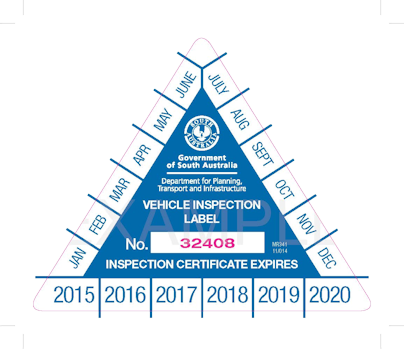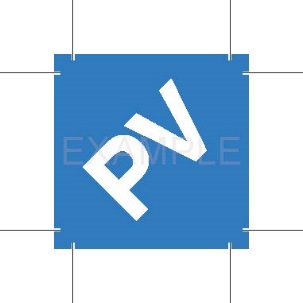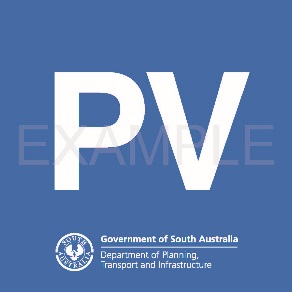All vehicles used for a passenger transport service in South Australia need to meet road safety and basic amenity standards as required by current legislation and by the Department for Infrastructure and Transport (DIT).
Vehicles must be checked at approved vehicle inspection stations prior to being used as passenger transport vehicles. To ensure they continue to meet the required standards, taxis must have six-monthly inspections, and chauffeur, special purpose and rideshare vehicles must have annual inspections.
Additional requirements for taxis include audio and video recording in all vehicles and the use of meters for fares.
Please note for registration purposes, a utility is a goods-carrying vehicle, meaning its primary purpose is to carry goods rather than passengers. Therefore they are not eligible to be used as a small passenger vehicle.
Accredited operators adding a new small passenger vehicle, country taxi or metropolitan taxi to their operator accreditation may apply to DIT for an exemption from an initial vehicle inspection. A new small passenger vehicle and country taxi vehicle may be exempt from an inspection for 12 months from the date of first registration, and new metropolitan taxi vehicles may be exempt from an inspection for six months from the date of first registration.
New small passenger transport vehicles (including country taxis) and metropolitan taxis being registered for the first time are exempt from the requirement to have an initial inspection, if the vehicle:
- is a new motor vehicle (not registered previously anywhere in Australia or internationally);
- is a licensed taxi, or attached to a valid Small Passenger Vehicle Accreditation or Country Taxi Accreditation;
- is unmodified, or in cases where equipment installed is for the purpose of providing passenger transport services, that this equipment has been certified by an authorised installer.
Please note - initial inspections are still required for Access Taxis.
Where a vehicle has equipment fitted for the purpose of a passenger transport service (e.g. meter or camera) an authorised installer will need to complete a Certificate of Compliance to certify that the equipment is correctly and safely installed.
To apply for an exemption from an initial inspection of your passenger transport vehicle, accredited operators are required to attend a Service SA Centre and submit a completed MR1622 Declaration for exemption from vehicle inspection for a new vehicle (156.8 KB PDF). If the vehicle has been modified or fitted with equipment for the provision of a passenger transport service, the vehicle must be certified by an authorised installer and a completed MR1624 New passenger vehicle inspection exemption – Certificate of Compliance must be submitted to a Service SA centre with the MR1622 Declaration.
Signage

All passenger vehicles must display the following signs:
- booking service or operator details
- vehicle inspection sticker on the windscreen front left hand corner.


Private plated vehicles, such as rideshare, must display removable identification signage issued by their booking service.
This must be displayed on the bottom right hand side of the back window while in service.
If you do not have a removable identification sign from your booking service, a blue PV sign issued by DIT is to be displayed on the bottom right hand side of the back window while in service.

